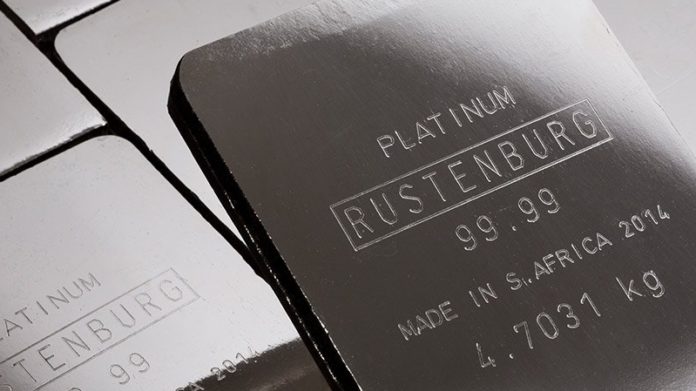
PLATINUM has had a good lockdown, according to the World Platinum Investment Council (WPIC) which said on Tuesday demand for the metal outstripped supply in the second quarter.
As a result, a supply deficit for 2020 previously forecast by the council is expected to widen to some 336,000 ounces from 247,000 oz.
The WPIC also said that the Covid-19 pandemic had accelerated the adoption of the hydrogen economy in which platinum is positioned to play a prominent role.
“An evolving global sea-change in the environment debate may also be at play in changing investor sentiment towards platinum, significantly bolstering platinum’s green and precious metal credentials,” the council said.
“With the economic impact of Covid-19 depleting climate change funding, there has been growing impetus from China, Japan, South Korea the European Union and the US to prioritise the ‘hydrogen economy’ in cost-effectively driving forward the green agenda.”
Total platinum supply is expected to fall by 1.16 million – some 14% – to 7.1 million oz for 2020 largely owing to shutdowns of South African primary supply from March to April, but also as a function of declining recycling supply, down 12% in the second quarter.
The decline in total demand for the year was forecast to be 7.42 million oz, 11% lower. Second quarter demand in all segments was lower, including platinum in autocatalysis – down 464,000 oz – and 192,000 oz lower in investment, although not as steep a fall as forecast.
The council said it was possible investment demand for platinum would continue to firm this year as the fall-out from Covid-19 related economic distress continued to reverberate and as gold demand topped out. Bar and coin demand is expected to grow 113% this year to some 600,000 oz, the WPIC said.
Since the platinum and gold price lows of March at $599/oz and $1,474/ oz respectively, platinum has significantly outperformed gold, rising 55% versus gold’s rise of 33% by the end of August, said the council.
“Gold investors sometimes disparagingly refer to platinum as an industrial metal. But the hydrogen economy gained traction and platinum’s key role in that says to the gold investor that it does have a longer term,” said Trevor Raymond, head of research and investor development at the WPIC.
“There is a reconnection with platinum among traders,” said Raymond who added that platinum’s current price (of about $911/oz) might still be described as “disappointing”. But “the trajectory could be quite quick,” he said of a price improvement. “There is no reason platinum should be trading $1,000/oz below gold.”
There was a 122,000 oz inflow in platinum-backed exchange traded funds (ETFs) during the second quarter compared to an outflow of 213,000 oz in the quarter before.
Other highlights of the quarter was signs of a bounce-back in the second quarter for US jewellery demand and automotive demand in China.









